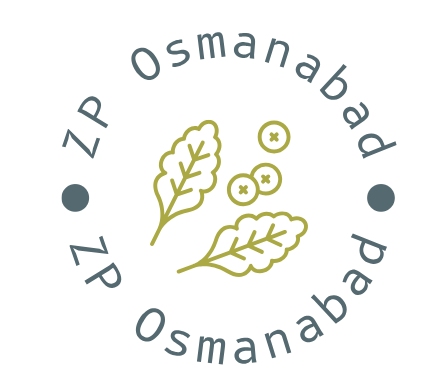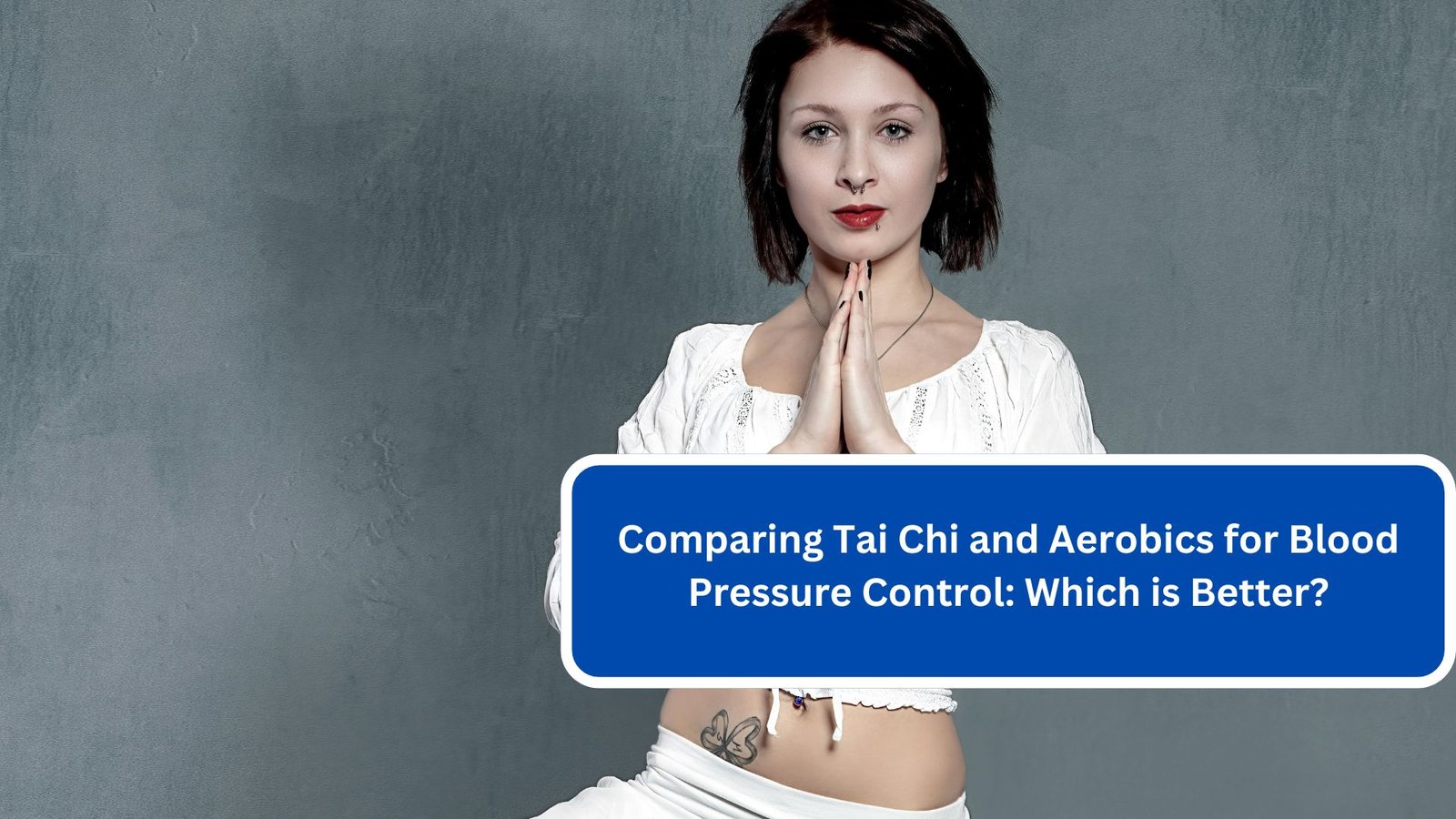High blood pressure, or hypertension, is a prevalent health issue that can lead to serious complications if left unmanaged. With millions of people affected worldwide, finding effective strategies to lower and control blood pressure is crucial. Among the various methods, physical exercise is widely recognized as an effective intervention. This article will explore and compare Tai Chi and aerobic exercise in their effectiveness for blood pressure control, examining the science, mechanisms, and overall benefits of each approach.
Understanding Hypertension
Hypertension is characterized by elevated blood pressure readings, typically defined as a systolic reading of 130 mmHg or higher or a diastolic reading of 80 mmHg or higher. This condition can result from multiple factors, including:
- Genetic predisposition: Family history of hypertension.
- Poor diet: High sodium intake and low potassium levels.
- Obesity: Excess body weight increases strain on the heart.
- Lack of physical activity: Sedentary lifestyle contributes to weight gain and cardiovascular issues.
- Chronic stress: Prolonged stress can lead to temporary spikes in blood pressure.
Effective management is vital to reduce the risk of cardiovascular diseases, strokes, and other health complications. Lifestyle changes, particularly exercise, play a significant role in controlling blood pressure.
The Role of Exercise in Blood Pressure Management
Regular physical activity is one of the most effective non-pharmacological interventions for managing hypertension. Exercise helps lower blood pressure by:
- Strengthening the Heart: Improved cardiovascular fitness enhances the heart’s ability to pump blood more efficiently, reducing overall strain on the heart.
- Promoting Weight Loss: Maintaining a healthy weight alleviates the workload on the cardiovascular system.
- Reducing Stress: Physical activity can lower levels of stress hormones, contributing to better blood pressure control.
Aerobic Exercise: A Traditional Approach
Aerobic exercise encompasses activities that elevate heart rate and improve cardiovascular fitness, such as running, swimming, cycling, and dancing. Numerous studies have demonstrated the positive effects of aerobic exercise on blood pressure:
- Systolic and Diastolic Reduction: Moderate-intensity aerobic exercise can lead to reductions of 5 to 10 mmHg in systolic blood pressure and 3 to 7 mmHg in diastolic blood pressure in individuals with hypertension.
- Cardiovascular Benefits: Aerobic activities enhance heart function, increase blood flow, and improve endothelial function, promoting better vascular health.
Tai Chi: A Mind-Body Approach
Tai Chi is a form of traditional Chinese martial art that combines slow, deliberate movements with deep breathing and mindfulness. It has gained popularity for its health benefits, particularly in blood pressure management:
- Mindfulness and Relaxation: Tai Chi emphasizes a meditative approach, reducing stress and promoting relaxation, which are vital for blood pressure control.
- Gentle Movements: The low-impact nature of Tai Chi makes it suitable for people of all ages and fitness levels, particularly for older adults or those with physical limitations.
Evidence Supporting Tai Chi for Blood Pressure Control
Research has increasingly focused on the benefits of Tai Chi for hypertension. Key findings include:
- Effectiveness in Blood Pressure Reduction: Several studies have shown that regular Tai Chi practice can lead to significant reductions in both systolic and diastolic blood pressure, comparable to those achieved through aerobic exercises.
- Stress Reduction: The meditative aspects of Tai Chi help lower cortisol levels, a hormone associated with stress, which in turn can positively impact blood pressure.
Comparing Tai Chi and Aerobics
1. Mechanisms of Action
- Aerobics: Primarily lowers blood pressure by increasing cardiac output and improving vascular health. The immediate effects of aerobic exercise can lead to acute drops in blood pressure, but long-term benefits depend on consistent participation in moderate to high-intensity activities.
- Tai Chi: Lowers blood pressure through relaxation, mindfulness, and gentle movements. It activates the parasympathetic nervous system, which reduces heart rate and blood pressure, offering a more sustained effect on blood pressure control.
2. Accessibility and Adherence
- Aerobics: While effective, higher-intensity aerobic exercises may not be suitable for everyone, particularly older adults or individuals with chronic conditions. This limitation can impact adherence rates, as some may find it challenging to engage in high-impact activities consistently.
- Tai Chi: Generally more accessible due to its low-impact nature and emphasis on balance and coordination. The practice can be easily modified to accommodate different fitness levels, leading to higher adherence rates over time.
3. Psychological Impact
- Aerobics: While aerobic exercise is known to improve mood through the release of endorphins, it can sometimes lead to increased levels of cortisol during high-intensity workouts, especially for those unaccustomed to strenuous activity.
- Tai Chi: The focus on mindfulness and breathing promotes a sense of calm and relaxation, which can lead to more significant psychological benefits and a deeper reduction in stress-related hypertension.
4. Long-Term Benefits
- Aerobics: Consistent aerobic activity is crucial for maintaining its benefits; lapses in exercise can lead to a rebound in blood pressure levels.
- Tai Chi: The low-impact nature and emphasis on mindfulness can promote lifelong engagement, potentially leading to sustained blood pressure control even when practice frequency decreases.
Conclusion
Both Tai Chi and aerobic exercise offer valuable benefits for managing blood pressure, each with unique strengths and mechanisms. While traditional aerobic exercise has proven effective in lowering blood pressure through improved cardiovascular health, Tai Chi presents a compelling alternative that focuses on relaxation, mindfulness, and gentle movement.
Ultimately, the choice between Tai Chi and aerobic exercise should be based on individual preferences, health status, and lifestyle factors. For individuals seeking a holistic, low-impact approach to hypertension management, integrating Tai Chi into their routine may yield significant benefits. Conversely, those who enjoy higher-intensity workouts may prefer traditional aerobic exercises.
Incorporating a variety of physical activities, including both Tai Chi and aerobic exercise, may provide the most comprehensive benefits for blood pressure control and overall health. Regardless of the approach taken, regular physical activity remains a cornerstone of effective hypertension management and a pathway to better long-term health outcomes.

